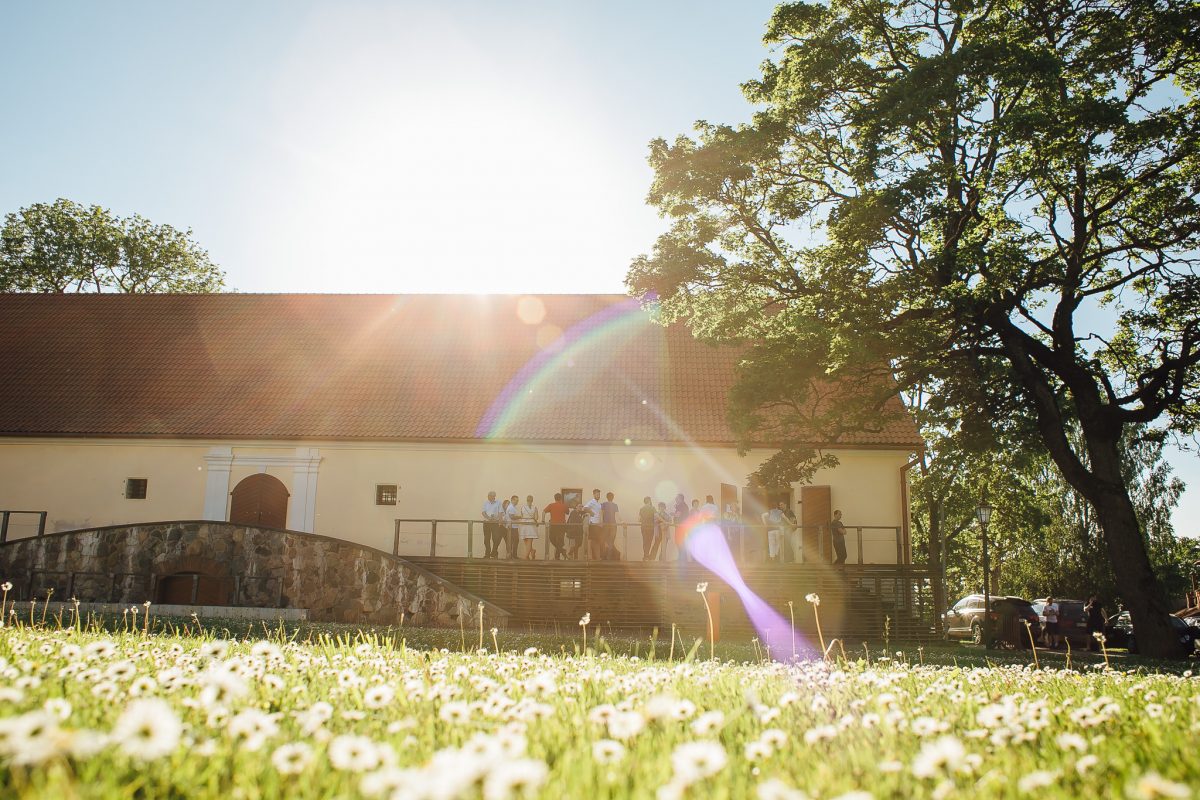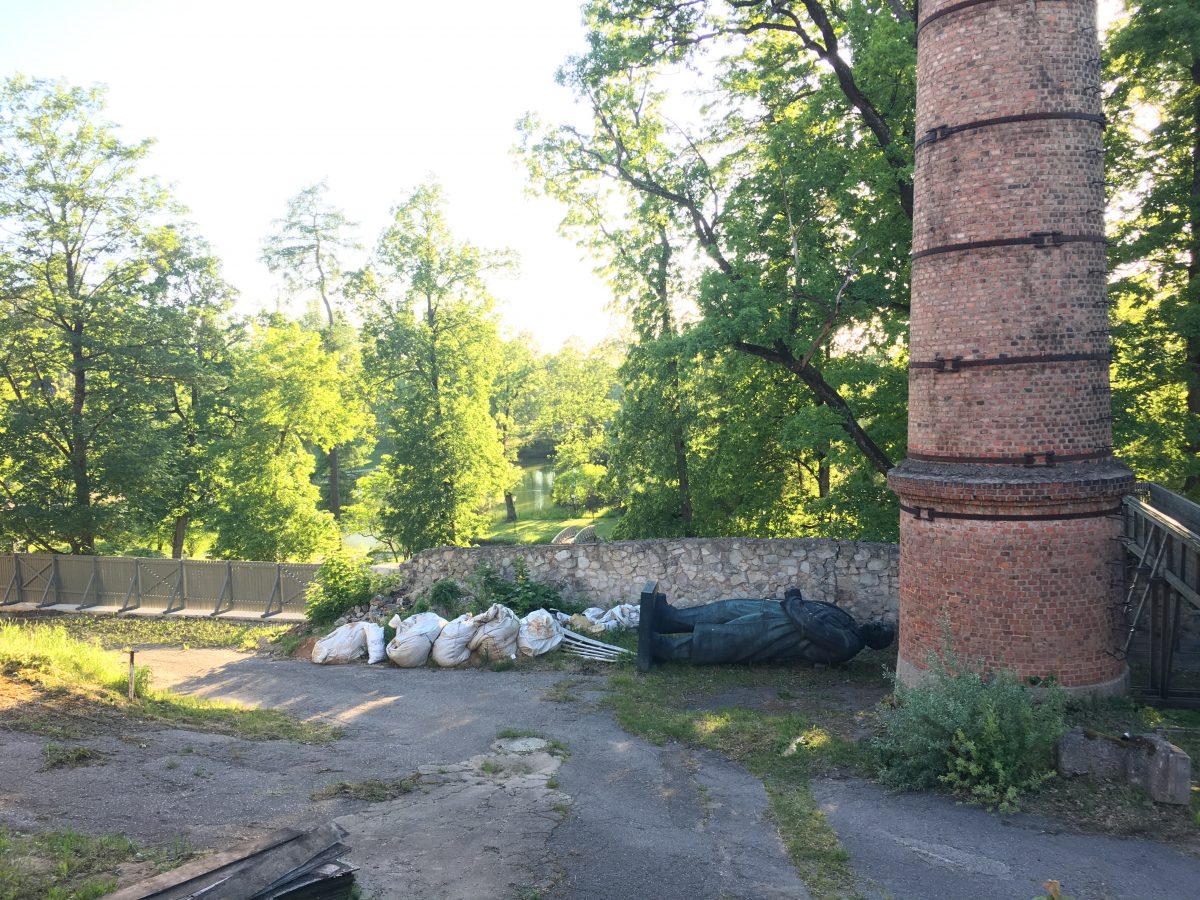In June 2019, I travelled to Cēsis, Latvia to participate in the Fifth Citizen Science Cost Action Meeting.
The trip came as a continuation to the final DITO conference also under the auspices of the European Citizen Science Association.
Baiba Prūse hosted the event from IES – Institute for Environmental Solutions, which is a network of scientists, artists, engineers and practitioners – all working on wellbeing and ecological problems and innovative environmental solutions.

Cēsis is two hours drive from Riga and has been famous for its brewery for some hundred years now. And it seems, will be again!

Starting an exciting @CA15212_Comm meeting in beautiful Cesis, Latvia organised by Baiba Pruse & team pic.twitter.com/RTFz9jFueR
— Claudia Göbel (@claugobel) 4 June 2019
The old brewery has been abandoned for more than a decade until IES arranged to reuse the building and started the renewal of the brewery into an innovative centre of excellence where art, science and culinary are converging to address environmental issues.

In the Brewery building, Guna Dātava showed us around in the Brewery Artspace MALA at the exhibition NOT out of sight, NOT out of mind dedicated to overconsumption. Seventeen artists from 9 countries present works of art, mostly using trash to reflect on our waste culture and practical solution-seeking.

IES ethnobotany team also gathers traditional knowledge of wild plants, mostly on the collection, production and medicinal, cosmetic, food and other applications.

Another highlight from IES is the Field and Forest experimental gardens project that gather data, analyse genetic resources and the best growing conditions for medicinal and aromatic plants: valerian, chamomile, echinacea, dandelion, and siler.

During the meeting I gave two presentations: one on the top concern of citizen science community, that is data quality; and another on a current trend in the field of citizen science, that is rendering invisible forms visible and challenging unequal knowledge production. For decades citizen science remained hidden in publications, and it remains so often in social sciences and humanities, as well as in many invisible practices in most Central European countries.
Done with fruitful and inspiring meeting of COST action citizen science @CA15212_Comm in Cesis, Latvia. Now in Copenhagen for #ecsite2019, presenting in sessions on authenticity and university-museum collaborations! (picture by Mārcis Gaujenietis) pic.twitter.com/osrBQuydCy
— Anne Land (@annemland) 5 June 2019
Other presentations from the meeting:
